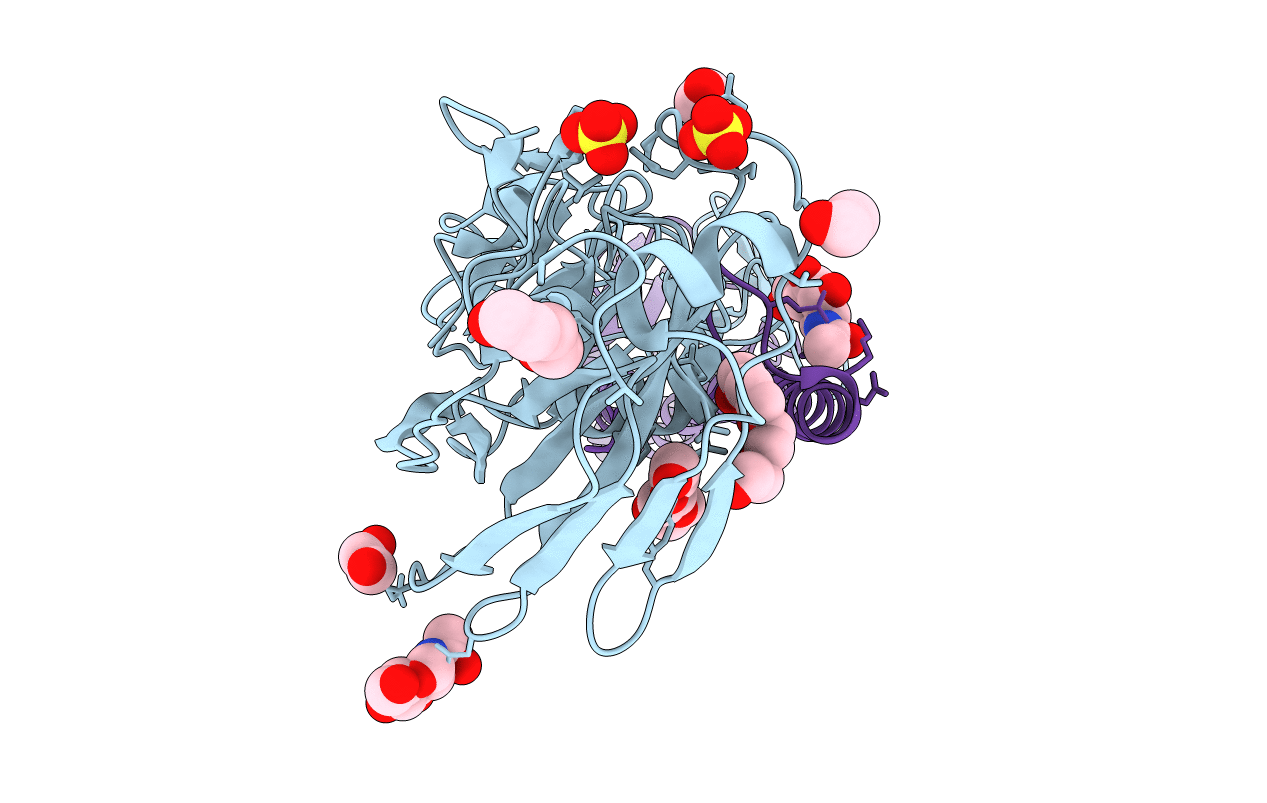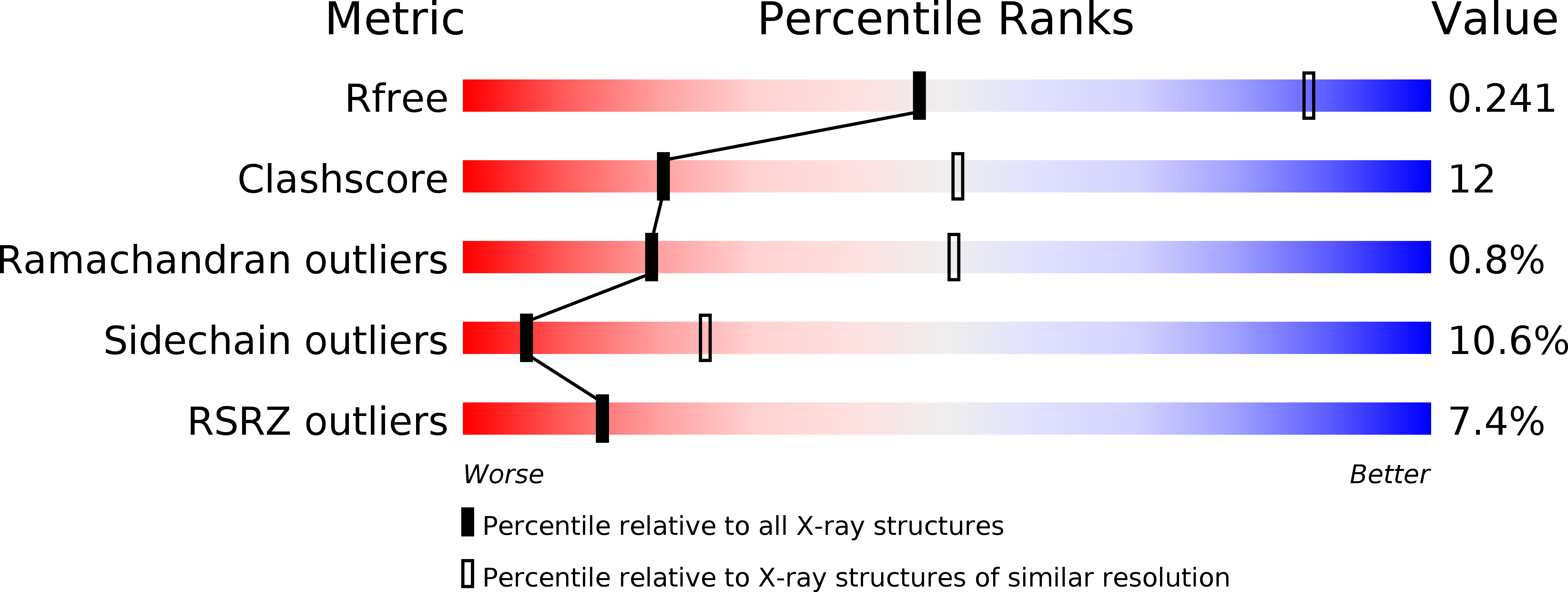
Deposition Date
2018-11-21
Release Date
2019-06-26
Last Version Date
2024-10-09
Entry Detail
PDB ID:
6N5A
Keywords:
Title:
Crystal structure of an equine H7 hemagglutinin from A/equine/NY/49/73 (H7N7)
Biological Source:
Source Organism:
Influenza A virus (Taxon ID: 387227)
Host Organism:
Method Details:
Experimental Method:
Resolution:
3.30 Å
R-Value Free:
0.23
R-Value Work:
0.19
R-Value Observed:
0.20
Space Group:
P 63 2 2


